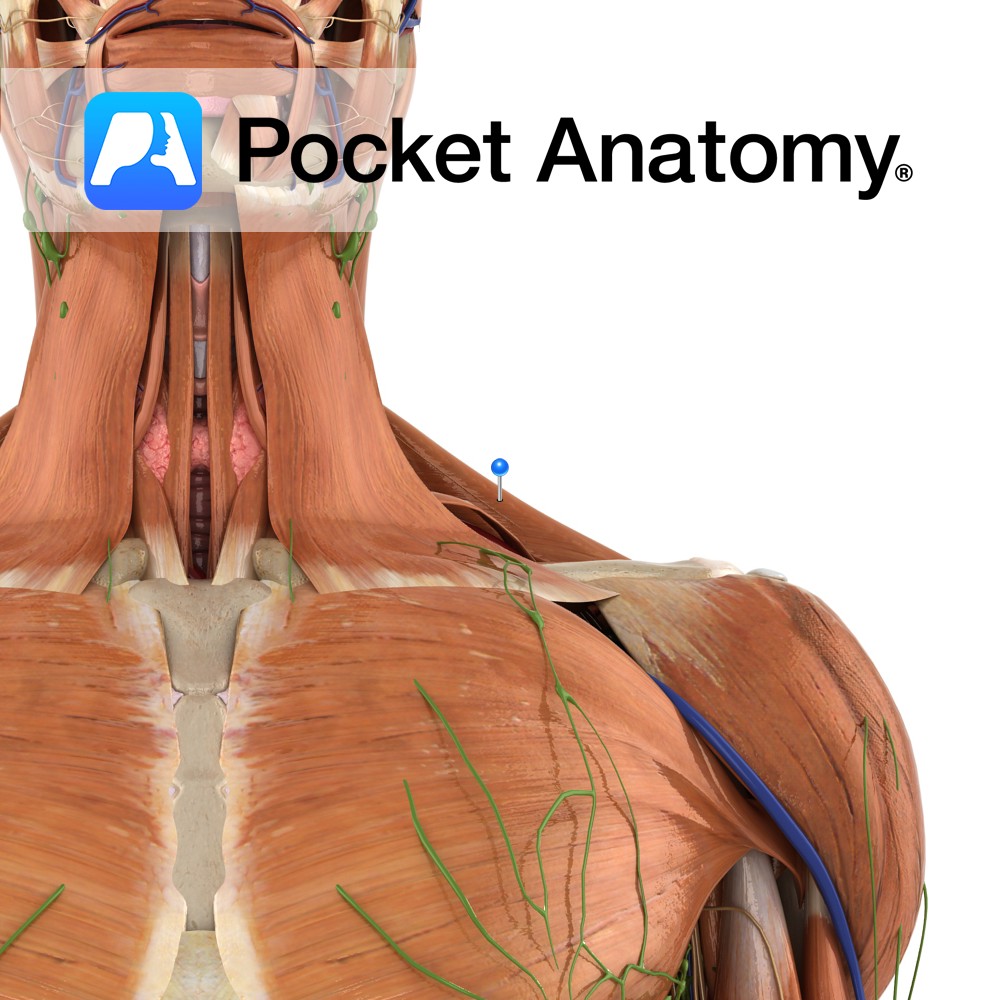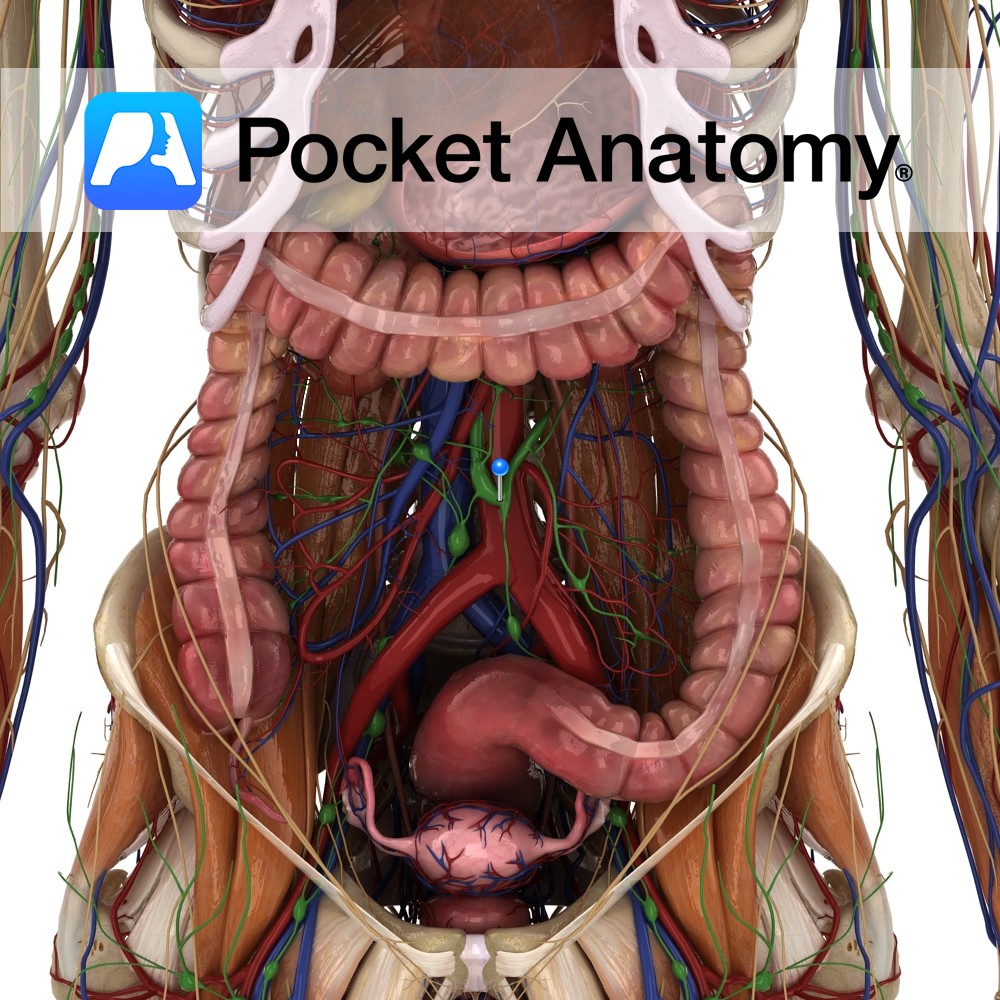Motion
There are two radioulnar joints: the proximal radioulnar joint and distalradioulnar joint. Both are synovial pivot joints. They permit pronation and supination only.
Proximal radioulnar joint: The circumference of the radial head articulates with the fibro-osseous ring made by the ulnar radial notch and annular ligament.
Distal radioulnar joint: The distal head of the ulna articulates with the ulnar notch of the radius.
Whether flexed of extended at the elbow, the ulnar notch of the proximal radius can be rotated around the proximal ulna at the proximal radioulnar joint. As the hand is articulated with the lower end of the radius only (and separated from the ulna by an articular disc) the rotation of the radius about the ulna at the proximal radioulnar joint also rotates the hand about quite a large arc. This is the basis of pronation and supination.
Stability
Proximal radioulnar joint:
The synovial membrane of this joint is continuous with that of the elbow joint. The fibrous capsule surrounding the synovial membrane plays a role in joint stability.
A number of ligaments also have a key role in stabilizing the joint such as:
–Annular ligament
The oblique cord and interosseus membrane between the radius and ulna also contribute to the stability of this joint
Distal radioulnar joint:
The triangular fibrocartilaginous articular disc connects the distal ends of the ulna and the radius. The stability of the joint is determined by the strength of the attachments of the articular disc.
The capsular ligamentis relatively weak but provides additional support.
Muscles
Pronation:
Pronator Quadratus
Pronator Teres
Supination:
Supinator
Biceps brachii.
Clinical
Simultaneous fracture of the radius and ulna can occur as a result of a twisting force such as a fall on the hand or direct blow to the forearm. A spiral fracture is usually caused by a fall on the hand whilst a transverse fracture is usually as a result of a blow to the forearm. Transection of the radial or ulnar arteries can also occur for example when the hand goes through a glass window, as these arteries are relatively subcutaneous.
Interested in taking our award-winning Pocket Anatomy app for a test drive?


.jpg)

